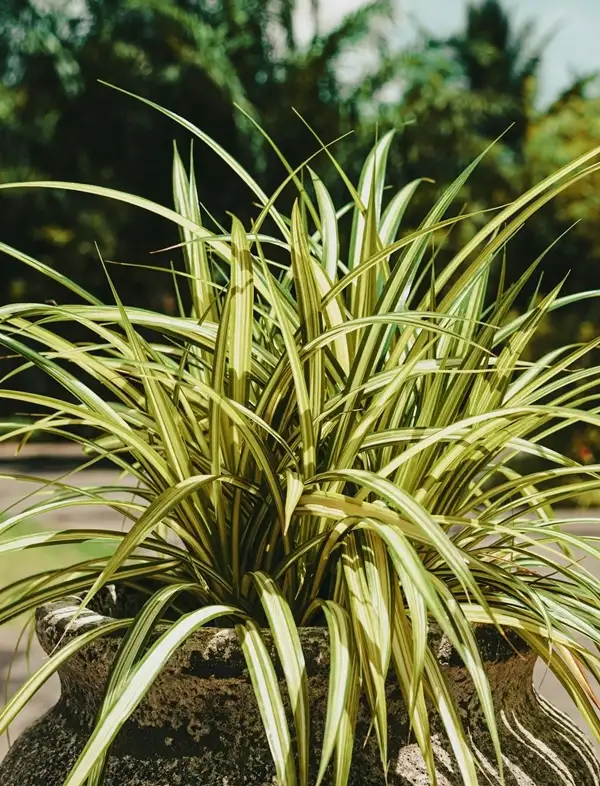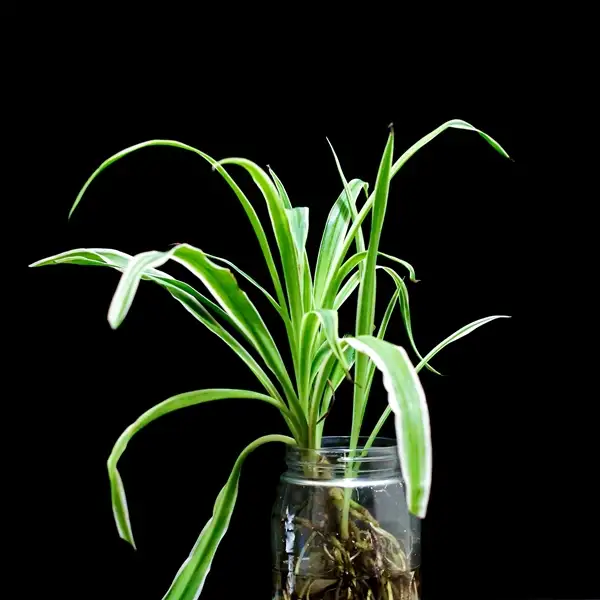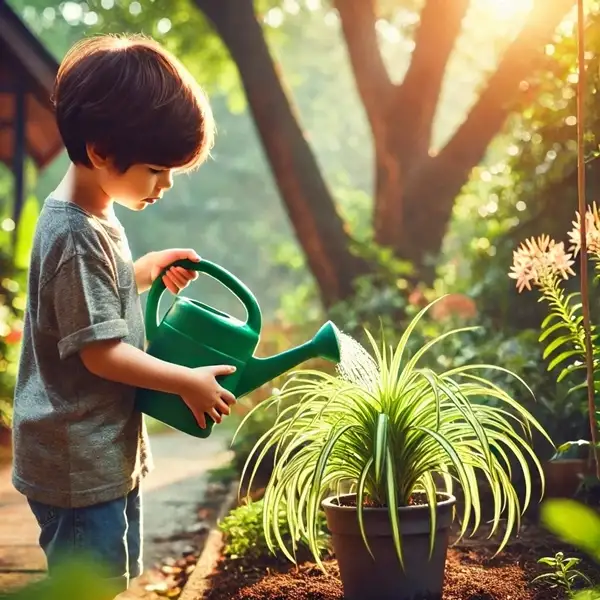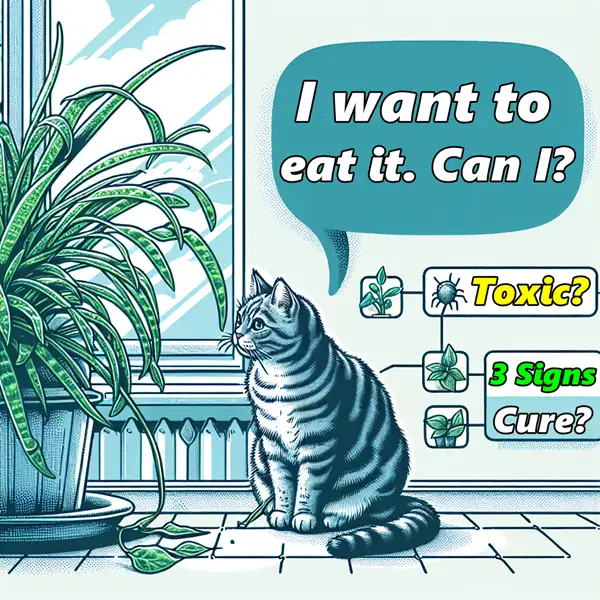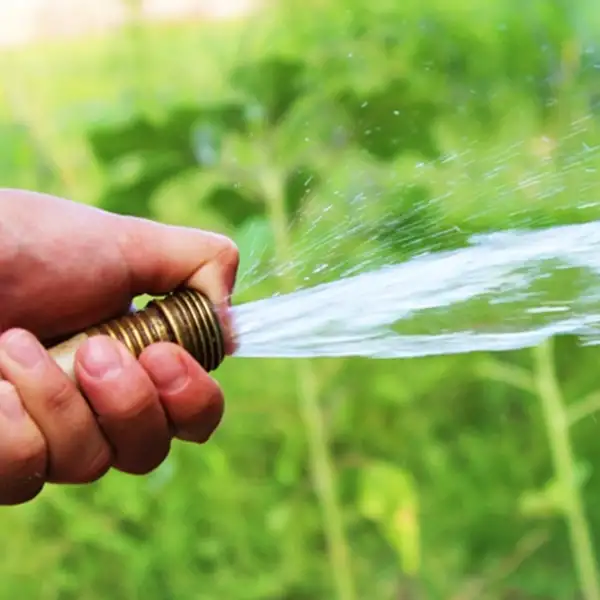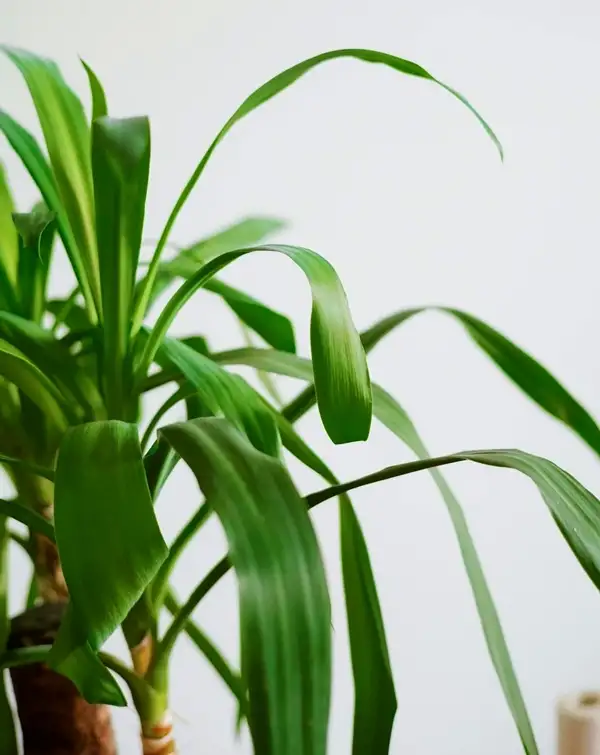Key Takeaways
| Key Takeaways | Why It Matters |
|---|---|
| Do Spider Plants Need A Lot of Light? | Discover the truth about their light requirements and what’s best for their growth. |
| How Light Affects Their Growth | Unveil the surprising ways light influences their health and appearance. |
| 3 Warning Signs of Light Deficiency | Learn the subtle but critical signals that your plant is struggling. |
| Best Lighting Setup for Indoor Growth | Find out the perfect spot and light conditions to help them thrive. |
| Can They Survive in Low Light? | Uncover the adaptability of spider plants and their resilience in different settings. |
| Answers to Common Questions | Get expert-backed answers to your biggest concerns about spider plant care. |
Understanding the Spider Plant
With its wide, green leaves and trailing habit, the spider plant (Chlorophytum comosum) is an easy-to-care-for houseplant treasured for its air-purifying properties, low-maintenance nature, and endearing look. Interestingly named for their offshoots that dangle down from the mother plant resembling small spiders on a web – this versatile plant exudes appeal in every setting.
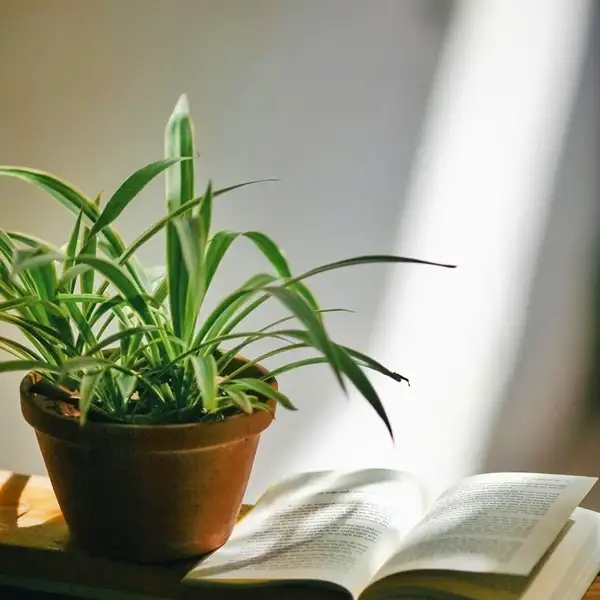
Understanding how to care for these plants includes appreciating their native conditions and regulating these considerations at home. One key aspect we must delve into is lighting.
To fully account for spider plants’ lighting needs we need to unravel their natural habitats’ light conditions followed by an analysis centered around understanding what happens when insufficient light is supplied along with discussing ideal indoor lighting scenarios.
Natural Habitat of Spider Plants – A Light Analysis
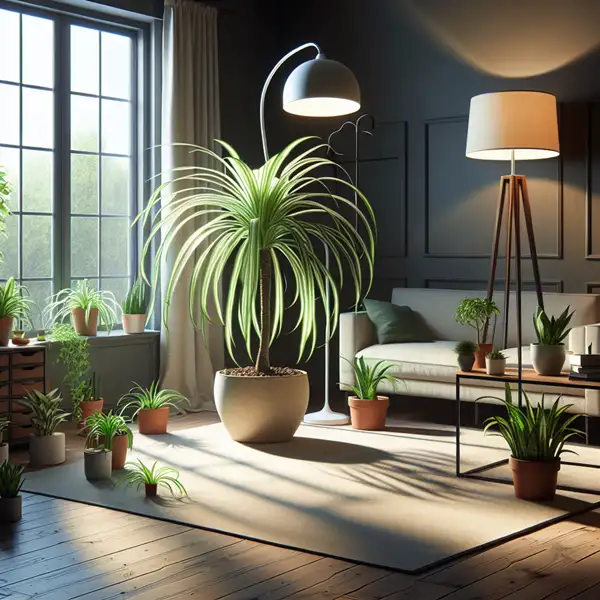
Residing originally in South Africa’s tropical rainforest regions – spider plants evolved under filtered sunlight instead of direct sunbeams. These locations offer bright to medium indirect daylight due to overhead foliage acting as protective shades.
In their native South African habitat, they thrive under filtered light. This gives us an important clue about their light requirements. Do Spider plants need a lot of Light? Not necessarily! But they do need right kind of light, one that mimics their natural environment.
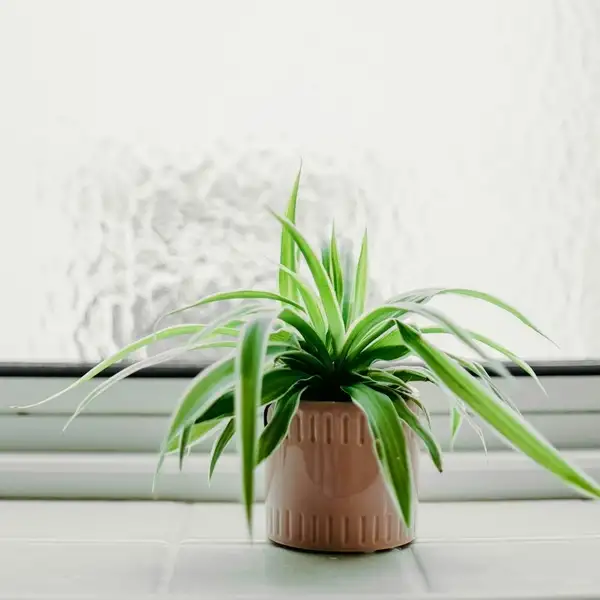
Drawn summarizing insights from plant scientist Dr. Bruce Bugbee‘s quote saying that-
“Plants are creatures of light.”
Fundamentally, our indoor replicative/care strategies reflect similar traits as seen or experienced by them naturally outdoors- one-way ticket via providing consistent yet not overpowering rays. This statement reflects how deeply intertwined are plants’ relationship with sunlight they bathe themselves in while photosynthesizing efficiently.
Importance of Light in the Growth Process of a Spider Plant
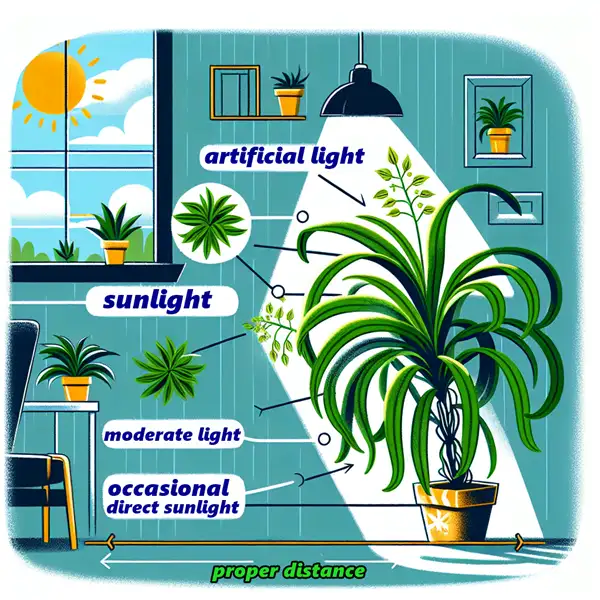
Photosynthesis, a spectacular process where sunlight helps convert water combined with carbon dioxide into glucose giving energy fueling growth additionally releasing oxygen constitutes why sunlight remains vital – crucial indeed!
Without an efficient supply, spider plants cannot produce enough carbohydrates or may succumb to sickly states, making light an extremely important component for their proper growth. So, do Spider plants need a lot of light? The answer lies in providing them with just enough—not too little, but not too much either.
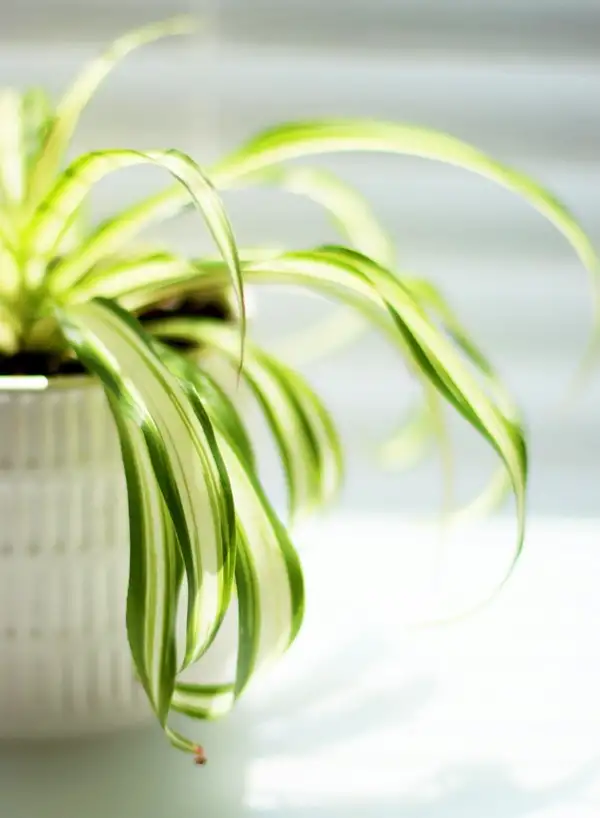
Statistics from the same studies conducted by Dr. Bugbee also proved that plant growth rates tend to peak in mid-ranges of light intensity, reinforcing his advisement against an overload of illumination.
The spider plant is no exception; too much direct sunlight can result in scorching or even browning leaves. Therefore, a careful balance needs to be found between under and over-lighting your Chlorophytum.
3 Signs Your Spider Plant Isn’t Getting Enough Light
As deteriorating health signals their desperation – regular inspections are necessary evaluating your plant’s overall well-being thereby succoring quickly when required either by you or help from professionals well versed in horticultural knowledge.
| Sign | Description |
|---|---|
| Leaf Discoloration | Leaves transition from dark green to pale green or yellow, indicating a lack of chlorophyll production due to insufficient light |
| Stunted Growth | The plant exhibits minimal growth & the production of offshoots diminishes, reflecting reduced energy levels |
| Leggy Stretched Stems | Stems become elongated and sparse as they stretch towards light sources, resulting in a less compact appearance |
4 Ideal Lighting Conditions for Indoor Spider Plants
| Condition | Recommendation | Tip |
|---|---|---|
| Light Intensity | Bright, indirect light is optimal. Place the plant near an east or north-facing window | Use sheer curtains to diffuse direct sunlight 🌞 |
| Duration | Maintain approximately 8-12 hours of light daily to mimic natural conditions | Consider using a timer for consistent light exposure ⏲️ |
| Artificial Lighting | In the absence of natural light, full-spectrum LED grow lights can supplement | Position lights 12-18 inches above the plant for best results 💡 |
| Seasonal Adjustments | Increase light exposure during shorter winter days to compensate for reduced natural light | Move the plant closer to light sources or use artificial lighting as needed ❄️ |
Sunlight is a Friend of Spider Plant
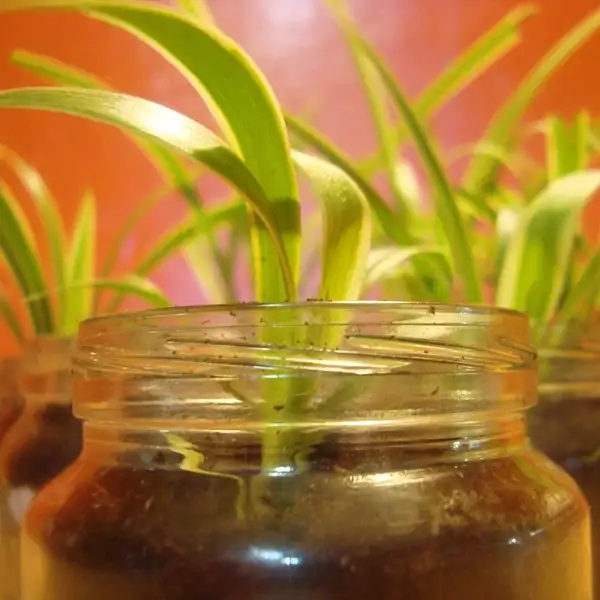
Spider plants are quite easy-going and adaptable, even in partial setups. While they thrive best under bright & indirect light, they can still perform great in lower-light conditions showing extraordinary resilience.
They deliver satisfactory results, noticeably proven by their ability to fill spaces impartially, whether exposed to extravagant or contrasting illuminations compared to lesser light areas.
However, optimal growth can be ensured only by striking a careful balance of indirect and direct sunlight interacting with them, thereby building essentials that stimulate the right momentum, pushing further to enrich lives through experiences that households ultimately cherish for generations ahead—metaphorically suggesting that sunshine is indeed like ‘the friend who brings out the best in us.’ Similarly, it advocates for healthier botanical growth inside manmade shelters, embracing warmth wholeheartedly—a tribute indeed!
Want to dive deeper into spider plant care? Check out my personal experience with –
- How To Care For Spider Plants – All They Need
Frequently Asked Questions
Can a spider plant survive in low light?
Spider plants adapt well to low light but thrive in bright & indirect light. They slow down in dim conditions but remain healthy if not completely deprived of light.
Where is the best place to put a spider plant?
Place your spider plant near an East or North-facing window for 8 to 12 hours of indirect sunlight daily. Avoid harsh midday sun.
How often should I water spider plants?
Water when top inch of soil feels dry. Usually once a week. Adjust based on season & humidity. Ensure good drainage to prevent root rot.
Can spider plants grow in a windowless/dark room?
Spider plants need some light to thrive. In a windowless room, use artificial light or grow lights to support healthy growth.
Does a spider plant give oxygen at night?
Yes! Spider plants release oxygen at night & improve air quality.
Do spider plants need a lot of light in winter?
In winter, they require indirect light but can tolerate slightly lower exposure. Consider artificial light if natural light is not enough.
Do spider plants need a lot of water?
Let soil dry slightly between waterings. Overwatering causes root rot so maintain a proper schedule.
What is the best grow light for spider plants?
Use a full-spectrum LED or fluorescent grow light. Position it 12 to 18 inches above for balanced illumination.


